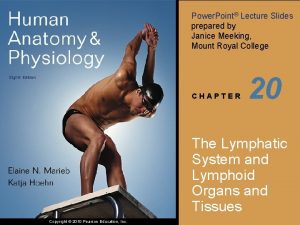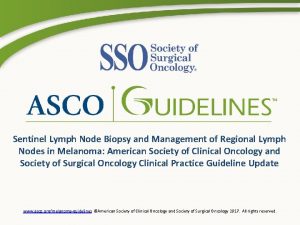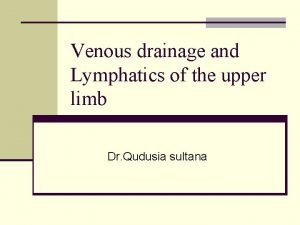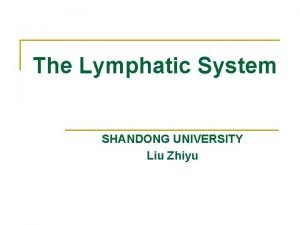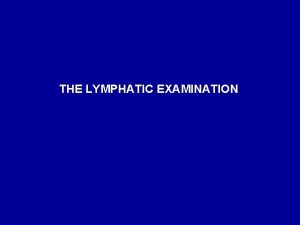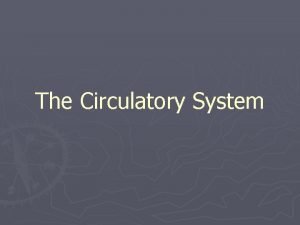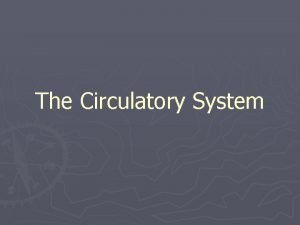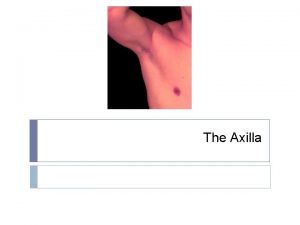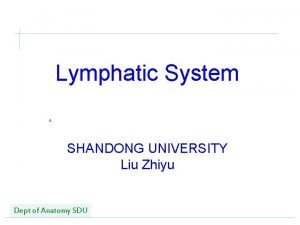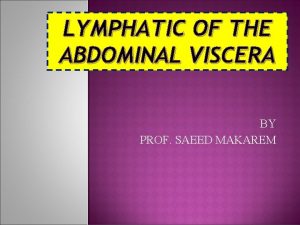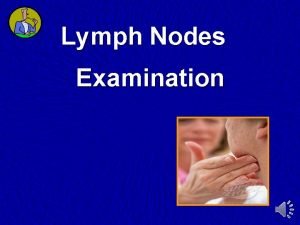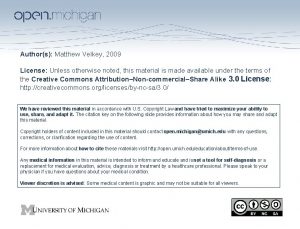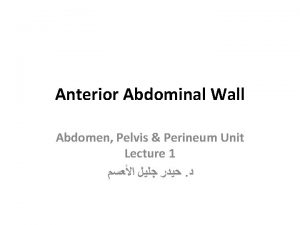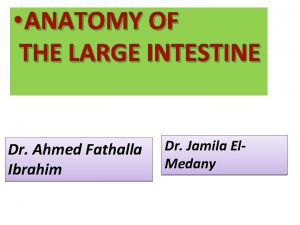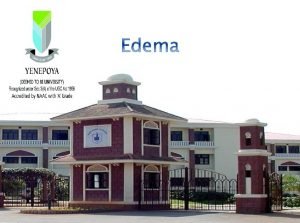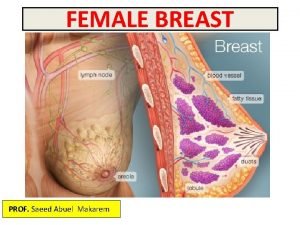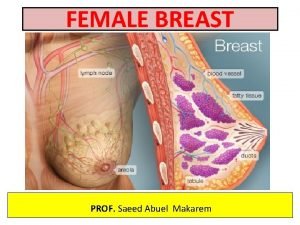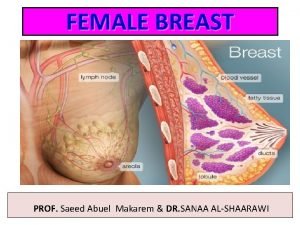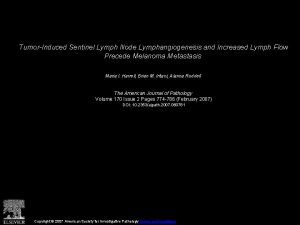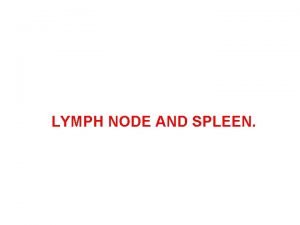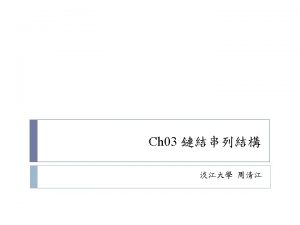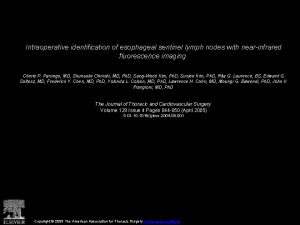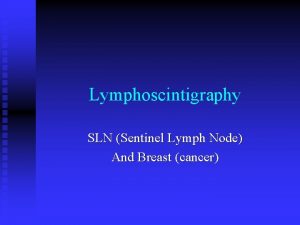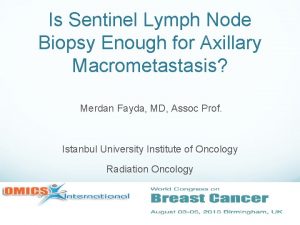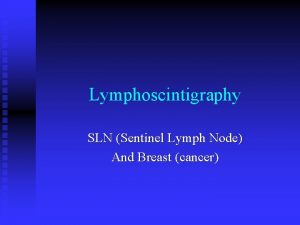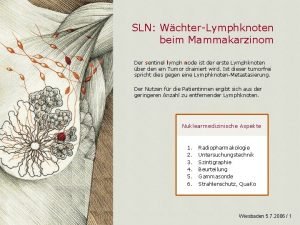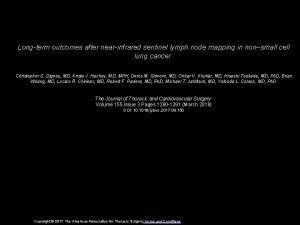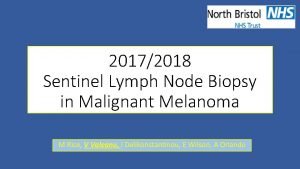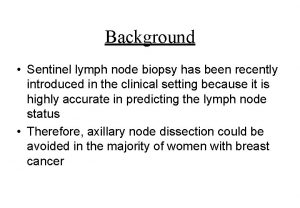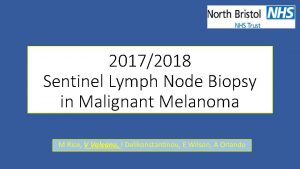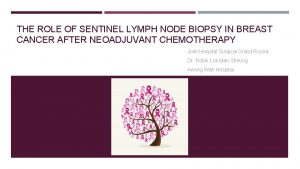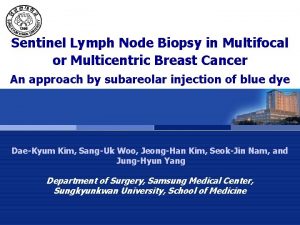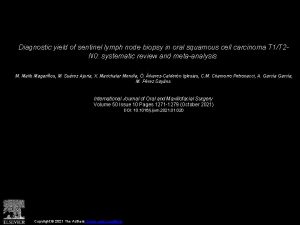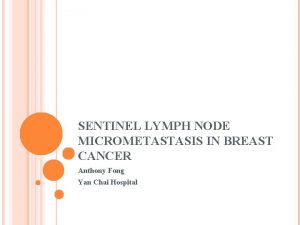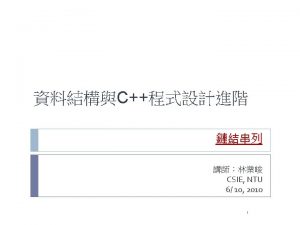SWAGGER SENTINEL LYMPH NODES Summary Sentinel lymph node























- Slides: 23

SWAGGER: SENTINEL LYMPH NODES

Summary • Sentinel lymph node practice across SWAGGER • Preliminary data: SWAGGER SLN Endometrial cancer • BGCS guidelines SLN • PORTEC 3

SWAGGER SLN endometrial cancer


Exeter: SLN for G 3 endometrial cancer 72 cases – 6 recurrences, 4 deaths Cheltenham: No SLN Full pelvic lymphadenectomy G 3 19 cases – 12 had full pelvic lymphadenectomy 1/12 (8. 3%) positive nodes – chemotherapy. Distant recurrence and died

Bristol: • 40 cases G 2 and G 3 • 9/40 (22. 5%) only unilateral SLN mapped • 31/40 (77. %%) SLN mapped bilaterally • Position of SLN: External iliac 35 Internal iliac 11 Common iliac 4 Obturator 18 Parametrial 3 • 14 cases G 2 – 1/14 (7%) positive SLN, had chemotherapy • 26 cases G 3 – 1/26 (4%) positive SLN, had chemotherapy

Bristol 40 cases SLN G 2/3 continued: • 6 recurrences – 3 local, 3 distant • 3 deaths

BGCS guidelines Sentinel nodes Vulval Cancer: • Techniques TC 99 with blue dye • Not enough evidence for ICG • Histological ultra-staging for SLN • Unifocal tumours <4 cm with no suspicious lymph nodes (clinical or examination) SLN standard of care • If no SLN detected then full lymphadenectomy

Cervical cancer • Techniques TC 99 with blue dye or ICG • Histological ultra-staging for SLN • SLN algorithms can be considered stage 1 a 1 with LVSI, Stage 1 a 2 -1 b 1 (tumours less than 2 cm) • If no SLN detected then full lymphadenectomy

Int J Gynecol Cancer 2017; 27: 154 Y 158) • pooled detection rate of 89. 2% (95% CI, 86. 3 Y 91. 6) • pooled sensitivity rate of 90% (95% CI, 88 Y 92) • Tumours<2 cm sensitivity 96 -100%

Endometrial cancer: • Cervical injection for SLN • Techniques TC 99 with blue dye or ICG • Histological ultra-staging for SLN • Can be considered in high risk endometrial cancer (clear cell, serous, grade 3 endometrioid, carcinosarcoma) • If no SLN detected then full lymphadenectomy

• Lancet Oncol 2017; 18: 384– 92. 10 centres in USA • Any grade, apparent stage 1 endometrial cancer • ICG dye used, injected into cervix • PAN 58% • 293/340 (86%) successful mapping • 177/340 (52%) bilateral mapping SLN


Results • The sensitivity was 97· 2% (95% CI 85· 0– 100; Mc. Nemar’s p=1). • False-negative rate 3% • Negative predictive value of 99· 6% (95% CI 97· 9– 100). • Isolated Para-aortic SLN detected 3/340 (<1%) • 6 patients (17%) had positive SLN outside conventional lymphadenectomy

• Lancet Oncol (july) 2019; 20: 1273– 85 • Between 2006 -2013 660 women randomised • stage I endometrioid grade 3 cancer with deep myometrial invasion • • or lymphovascular space invasion, or both; stage II or III disease; or stage I–III disease with serous or clear cell histology Receive radiotherapy alone (48· 6 Gy in 1· 8 Gy fractions given on 5 days per week) or Chemoradiotherapy (two cycles of cisplatin 50 mg/m² given intravenously during radiotherapy, followed by four cycles of carboplatin AUC 5 and paclitaxel 175 mg/m² given intravenously


5 -year overall survival was 81· 4% (95% CI 77· 2– 85· 8) with chemoradiotherapy versus 76· 1% (71· 6– 80· 9) with radiotherapy alone (adjusted hazard ratio [HR] 0· 70 [95% CI 0· 51– 0· 97], p=0· 034)

5 -year failure-free survival was 76· 5% (95% CI 71· 5– 80· 7) versus 69· 1% (63· 8– 73· 8; HR 0· 70 [0· 52– 0· 94], p=0· 016).

stage III endometrial cancer, 5 -year overall survival was 78. 5% (95% CI 72. 2– 85. 4) with chemoradiotherapy versus 68. 5% (61. 2– 76. 7)with radiotherapy alone (HR 0・ 63 [95% CI 0. 41– 0. 99]; p=0. 043)

In women with stage I–II disease, • 5 -year overall survival was 83・ 8% (95% CI 78・ 4– 89・ 5) with chemoradiotherapy • versus 82・ 0% (95% CI 76・ 5– 87・ 7) with radiotherapy alone • HR 0・ 84 [95% CI 0・ 52– 1・ 38]; p=0・ 50), • 5 -year failure-free survival was 81・ 3% (95% CI 74・ 7– 86・ 3) • with chemoradiotherapy versus 77・ 3% (95% CI 70・ 5– 82・ 7) with radiotherapy alone (HR 0・ 87 [95% CI 0・ 56– 1・ 36]; p=0・ 54;

5 -year overall survival was 71・ 4% (95% CI 60・ 1– 84・ 7) with chemoradiotherapy versus 52・ 8% (40・ 6– 68・ 6) with radiotherapy alone (HR 0・ 48 [95% CI 0・ 24– 0・ 96]; p=0・ 037) 5 -year failure-free survival was 59・ 7% (95% CI 45・ 1– 71・ 6) with chemotherapy versus 47・ 9% (33・ 9– 60・ 6) with radiotherapy alone (HR 0・ 42 [95% CI 0・ 22– 0・ 80]; p=0・ 008

Results - recurrences • Distant metastases 78 of 330 women (5 -year probability 21· 4%; • • 95% CI 17· 3– 26· 3) in the chemoradiotherapy group versus 98 of 330 (5 -year probability 29· 1%; 24· 4– 34· 3) in the radiotherapy-alone group (HR 0· 74 [95% CI 0· 55– 0· 99]; p=0· 047). Isolated vaginal recurrence was the first site of recurrence in one patient (0· 3%; 95% CI 0· 0– 2· 1) in both groups (HR 0· 99[95% CI 0· 06– 15· 90]; p=0· 99) isolated pelvic recurrence was the first site of recurrence in three women (0· 9%[95% CI 0· 3– 2· 8]) in the chemoradiotherapy group versus four (0· 9% [95% CI 0· 3– 2· 8]) in the radiotherapy-alone group (HR 0· 75 [95% CI 0· 17– 3· 33]; p=0· 71)

Result – adverse side effects • At 5 years, only one grade 4 adverse event (ileus or obstruction) • • was reported (in the chemoradiotherapy group). grade 3 adverse events did not differ significantly between the two groups, occurring in 16 (8%) of 201 women in the chemoradiotherapy group versus ten (5%) of 187 in the radiotherapy-alone group (p=0· 24). grade 3 adverse event was hypertension (in four [2%] women in both groups). grade 2 or worse adverse events were reported in 76 (38%) of 201 women in the chemoradiotherapy group versus 43 (23%) of 187 in the radiotherapy-alone group (p=0· 002). Sensory neuropathy persisted more often after chemoradiotherapy than after radiotherapy alone, with 5 -year rates of grade 2 or worse neuropathy of 6% (13 of 201 women) versus 0% (0 of 187). No treatment-related deaths were reported.
 Lymph tends to stall inside lymph nodes. this is due to:
Lymph tends to stall inside lymph nodes. this is due to: Lymph tends to stall inside lymph nodes
Lymph tends to stall inside lymph nodes Sentinel lymph node biopsy indications
Sentinel lymph node biopsy indications Upper limb venous drainage
Upper limb venous drainage What is this
What is this Dorsal digital vein
Dorsal digital vein Leg lymph nodes locations
Leg lymph nodes locations Axillary lymph nodes drainage
Axillary lymph nodes drainage Delphian node
Delphian node Where is the heart located
Where is the heart located Lymph nodes: “filters of the blood”
Lymph nodes: “filters of the blood” Posterior wall axilla
Posterior wall axilla Lymphatic drainage abdomen
Lymphatic drainage abdomen Cysterna chyli
Cysterna chyli Epitroclear lymph nodes
Epitroclear lymph nodes Lymph nodes function
Lymph nodes function Abdominal aponeurosis
Abdominal aponeurosis Large intestine characteristics
Large intestine characteristics Edema types
Edema types Gluteal ligament
Gluteal ligament Ophthalmic artery
Ophthalmic artery Breast vascular supply
Breast vascular supply 5 groups of axillary lymph nodes
5 groups of axillary lymph nodes Mammary ridge
Mammary ridge
